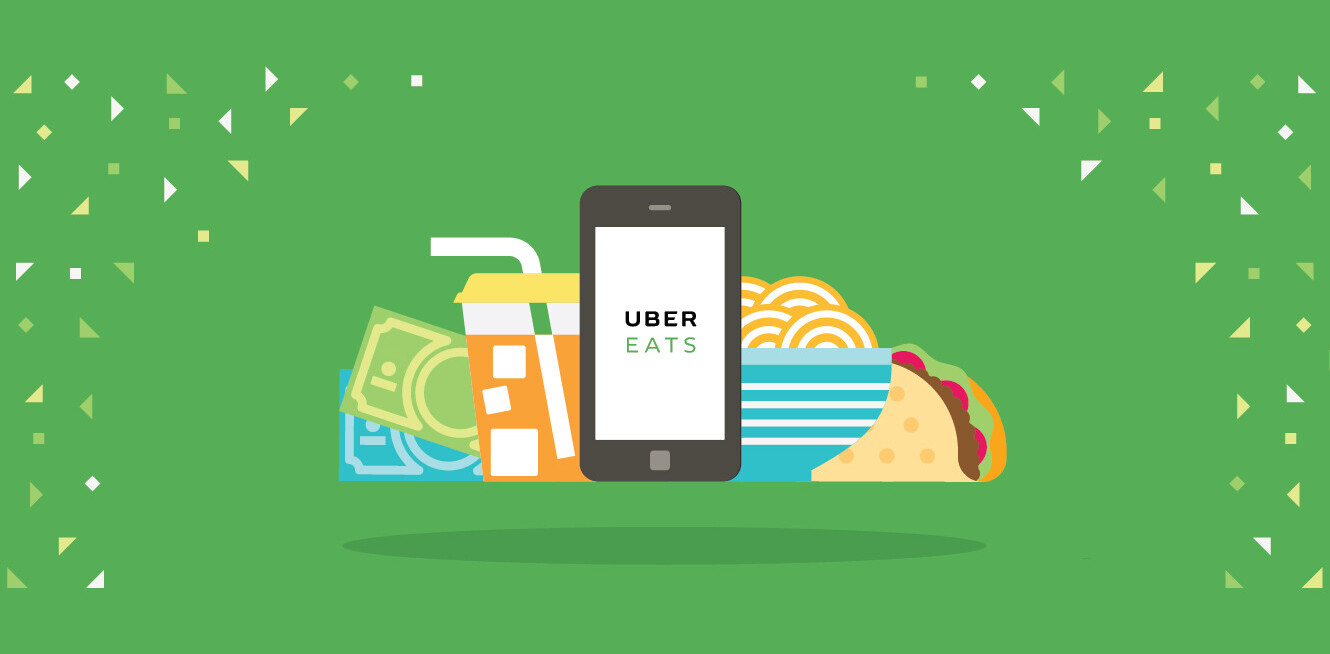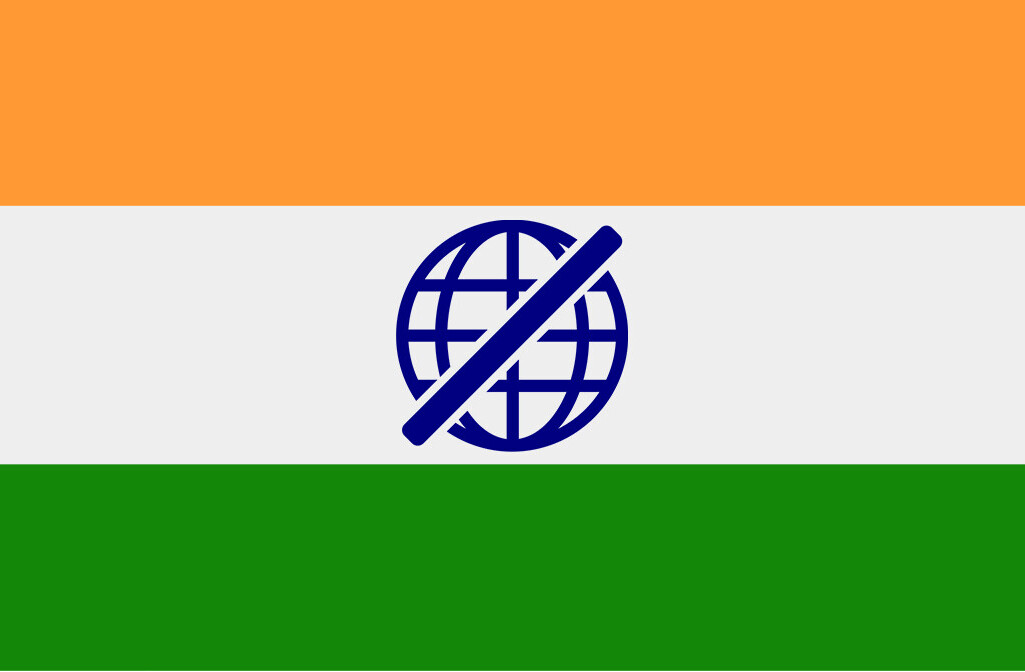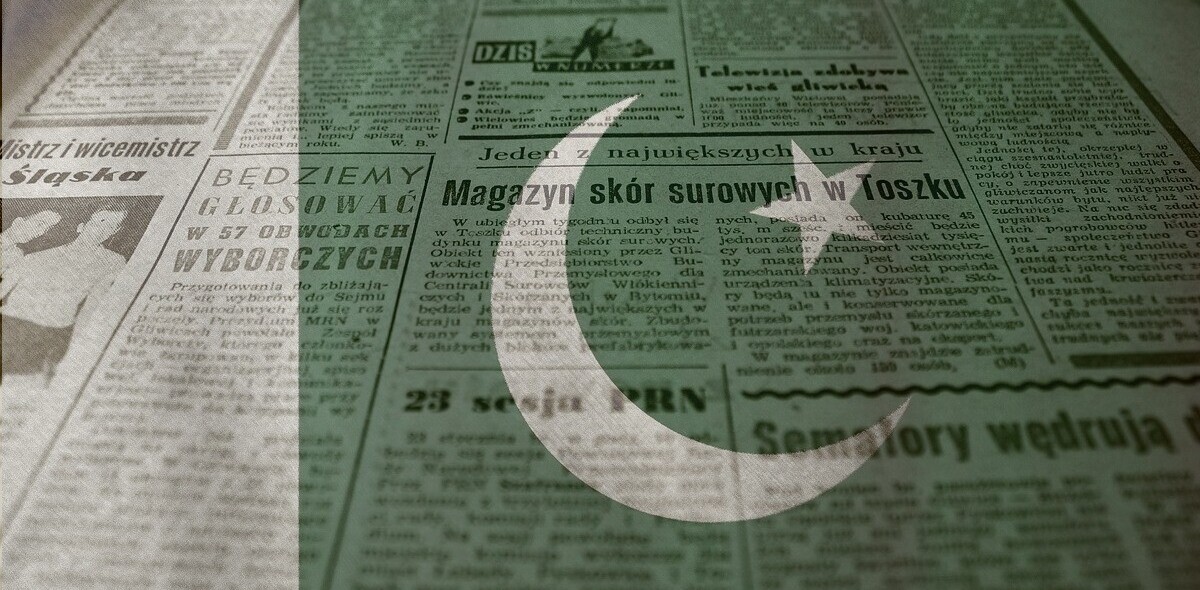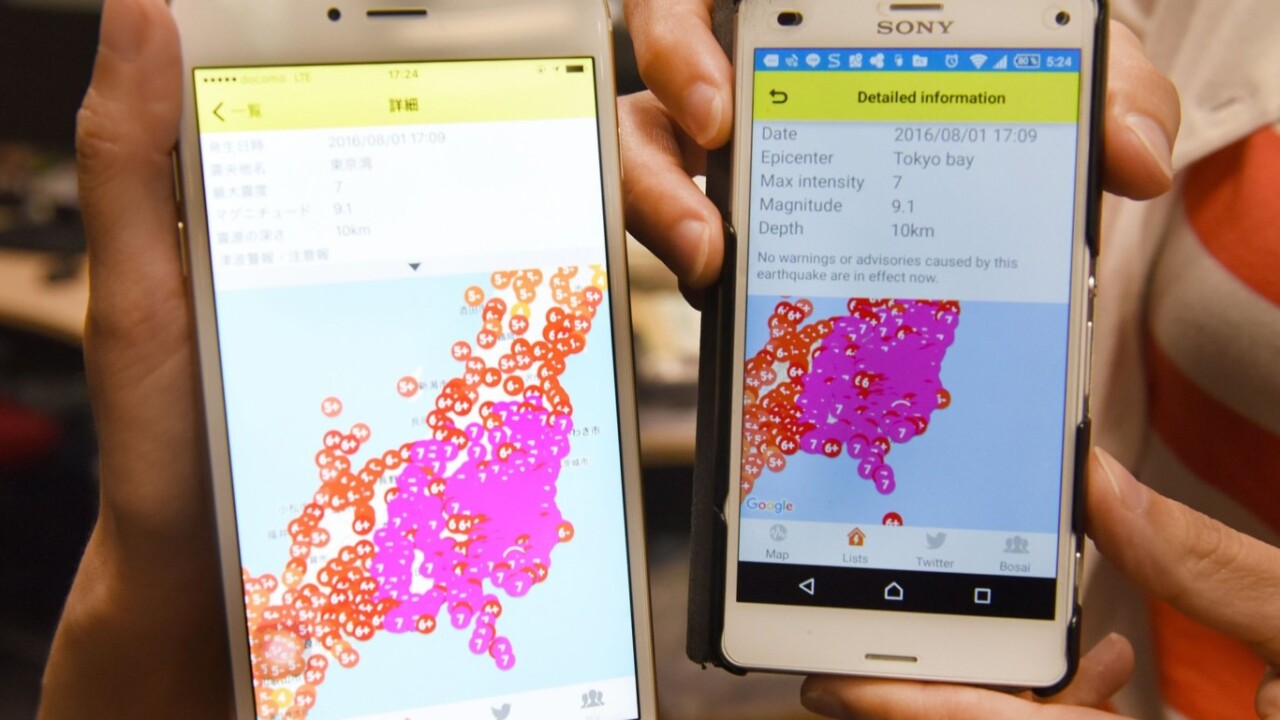
Japan is well-known for its food, bonsai trees, and earthquakes. Luckily, it’s also the country that’s most prepared for the latter.
Their Earthquake Early Warning system is set up along the coastline and into the ocean, ready to identify earthquakes long before they hit the country.
When an earthquake signal is noticed on the ocean floor, television and radio channels nationwide immediately notify the public, interrupting normal programming with a graphic and melody. This signal is sent out minutes to seconds before it will hit an affected area, allowing people to seek shelter.
Next to that, practically everyone has Yurekuru Call on their smartphone. This app sends a push notification seconds before the earthquake hits the user’s location.

At 5PM JST, this warning was sent out by the Japan Meteorological Agency, only to be revoked seconds later. However, this wasn’t quick enough to stop the app from sending notifications to its users.

Because of this, people checking their phones around the country were shocked to see an earthquake with the same magnitude of the 2011 Tohoku earthquake about to hit the center of Tokyo, with screenshots of the app going viral on Twitter.
Luckily it turned out to be a false alarm, attributed to ‘ocean noise’.
This is the devastating Tokyo earthquake, worst natural disaster to hit Toyo since 1923 – which never happened @yurekuru
— Richard Lloyd Parry (@dicklp) August 1, 2016
Normally the EEW and Yurukuru call are a great example of how tech can save lives, but this time it messed up. The team behind the app apologized in the cutest way possible:
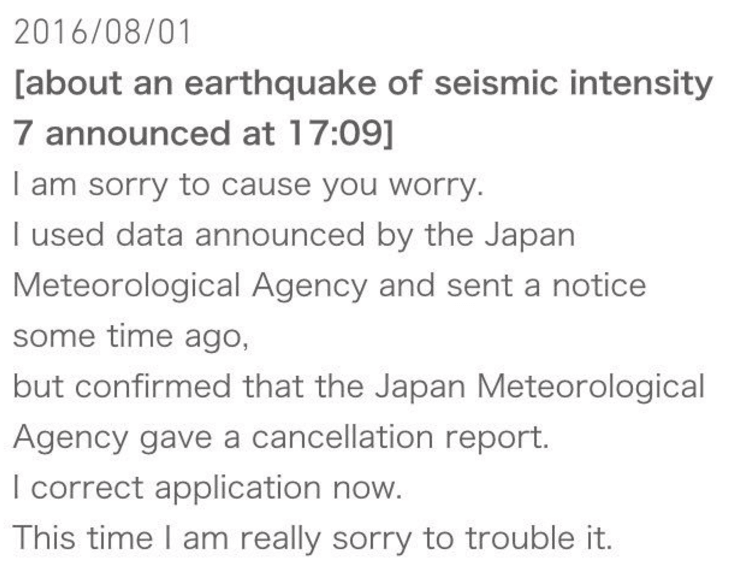
We forgive you.
Get the TNW newsletter
Get the most important tech news in your inbox each week.

